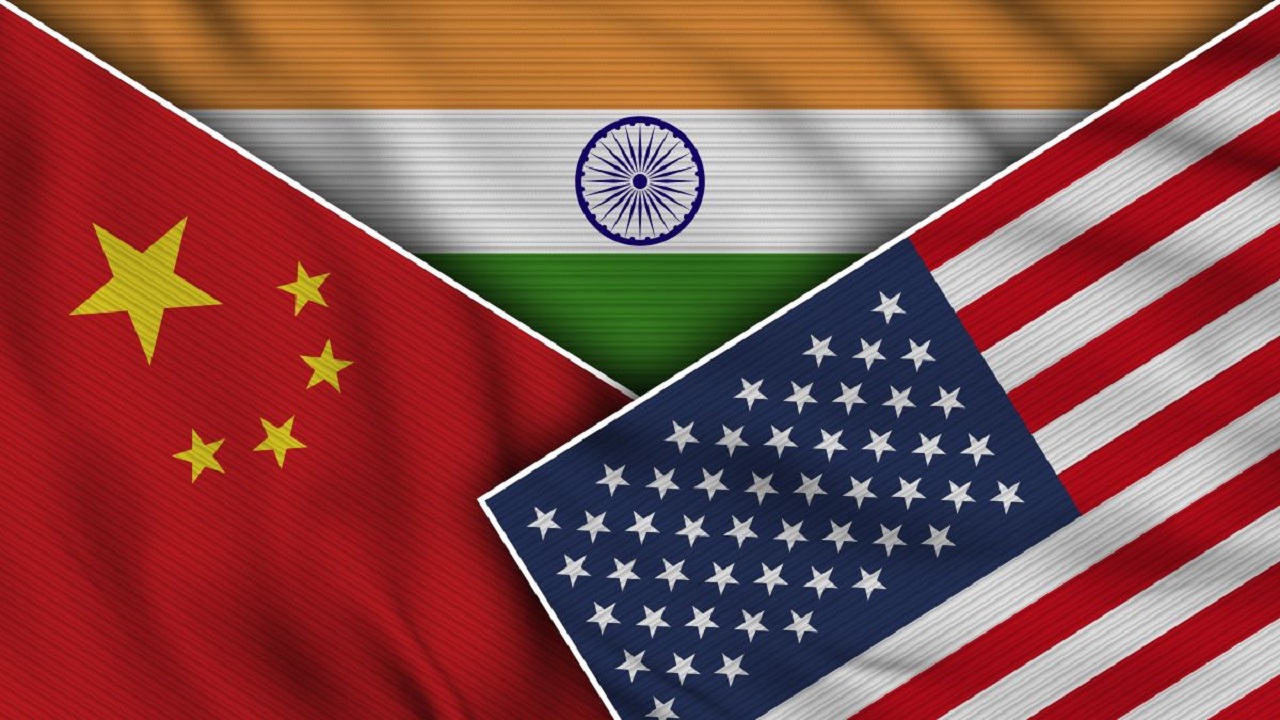Feeding India: A Hunger-Free Future
Context : The United Nations’ Sustainable Development Goals (SDGs) aiming to eliminate hunger, food insecurity, and malnutrition by 2030. However, this objective is becoming increasingly challenging due to rising conflicts, climate change, and economic slowdowns, particularly in food-deficient and vulnerable regions. A thorough examination of the current state of global hunger, the obstacles to food security, and the measures needed to move beyond food sufficiency to achieve nutritional well-being is critical.
The Global State of Hunger and Economic Access to Food Security
Prevalence of Hunger
- Despite global efforts, hunger remains widespread, with slow progress towards the goal of zero hunger. In 2023, 9.4% of the world's population, about 757 million people, were undernourished.
- The situation is most dire in Africa, where 20.4% of the population faces hunger, compared to 8.1% in Asia, 6.2% in Latin America and the Caribbean, and 7.3% in Oceania. While Africa faces higher rates, Asia holds the largest absolute number of undernourished people—384.5 million, followed by 298.4 million in Africa.
Increasing Undernourishment
- By 2030, it’s projected that half of the world’s undernourished population will be in Africa.
- Undernourishment is disproportionately concentrated in rural areas, which often fare worse than urban regions.
- Additionally, hunger affects women more than men, although the gender gap is narrowing. Addressing these disparities is essential to ensuring global food security and equitable access to nutrition.
Economic Barriers to Food Security
A major contributor to food insecurity is the lack of purchasing power to afford healthy diets. In 2022, the cost of a healthy diet globally averaged $3.96 per person per day, with Asia facing a higher average of $4.20. Although the number of people unable to afford a nutritious diet fell slightly from 2.88 billion in 2021 to 2.83 billion in 2022, access remains a significant challenge, particularly in low-income countries.
The Global Hunger Index and India’s Situation
- India's ranking on the Global Hunger Index (GHI) has been contentious, with critics arguing that it does not fully capture the complexities of hunger in the country.
- Surveys by the National Sample Survey Office (NSSO) reveal that 3.2% of India’s population does not meet the minimum requirement of 60 meals per month, while more than half of the population consumes three meals daily. This highlights that while many have access to food, significant segments of the population struggle to meet basic nutritional needs.
Challenges of Unhealthy Diets in India
Affordability of Nutritious Foods
- Promoting healthy diets in India is hindered by the high cost of nutrient-rich foods. According to the EAT-Lancet Commission, a healthy diet includes a diverse range of food groups.
- However, adopting such a diet can consume up to 60% of the average daily household income in South Asia, making it unaffordable for many low-income families.
Cultural Preferences and Dietary Habits
- Traditional dietary habits in India often emphasize staple grains like rice and wheat, with protein-rich foods like lentils and dairy seen as supplementary.
- This imbalance contributes to insufficient intake of essential nutrients, posing long-term health risks.
Awareness and Knowledge Gaps
- Limited awareness about balanced diets and the specific nutrient needs for different life stages contributes to unhealthy eating patterns.
- In rural areas, this is exacerbated by the lack of nutritional education and access to diverse foods.
Government Policies and Subsidies
- India’s Public Distribution System (PDS) provides staple grains at subsidized rates but does not focus on promoting balanced diets.
- The limited inclusion of pulses, fruits, and vegetables in such programs perpetuates a reliance on carbohydrates, leaving many households nutritionally deficient.
Measures for Transitioning from Food Sufficiency to Nutritional Well-Being
Tackling Unhealthy Diets
- India needs a comprehensive approach to overcome the challenge of unhealthy diets. Educational campaigns, particularly in rural areas, can raise awareness about the benefits of balanced nutrition.
- Furthermore, government programs like the PDS should broaden their focus to include more nutrient-rich foods.
Cultural Shifts and Food Education
- Encouraging a cultural shift toward prioritizing nutrition is essential.
- This involves dispelling misconceptions about traditional diets and introducing affordable, nutritious recipes that incorporate a variety of food groups.
Improving Affordability and Access to Healthy Foods
- Efforts to regulate food prices and expand access to fresh produce through improved infrastructure are critical.
- Establishing local food banks, reducing food waste, and promoting community agriculture can also ensure that surplus food reaches those in need.
Humanitarian Food Distribution
- For a country like India, which prides itself on being food-sufficient, true success lies in becoming hunger-free.
- A humanitarian approach to food distribution, where surplus food is redirected to food-deficient areas, is essential. Global cooperation is crucial in addressing inequalities and ensuring that everyone has access to nutritious diets.
Conclusion
- The goal of ending hunger and malnutrition by 2030 is an urgent priority, but significant challenges remain.
- Addressing these issues requires a holistic approach, combining reforms in food distribution, educational initiatives, and efforts to make healthy diets affordable. Through sustainable solutions and global collaboration, a future without hunger is within reach, where every individual can enjoy the right to nutritious food and a better quality of life.

.jpg)


Comments (0)